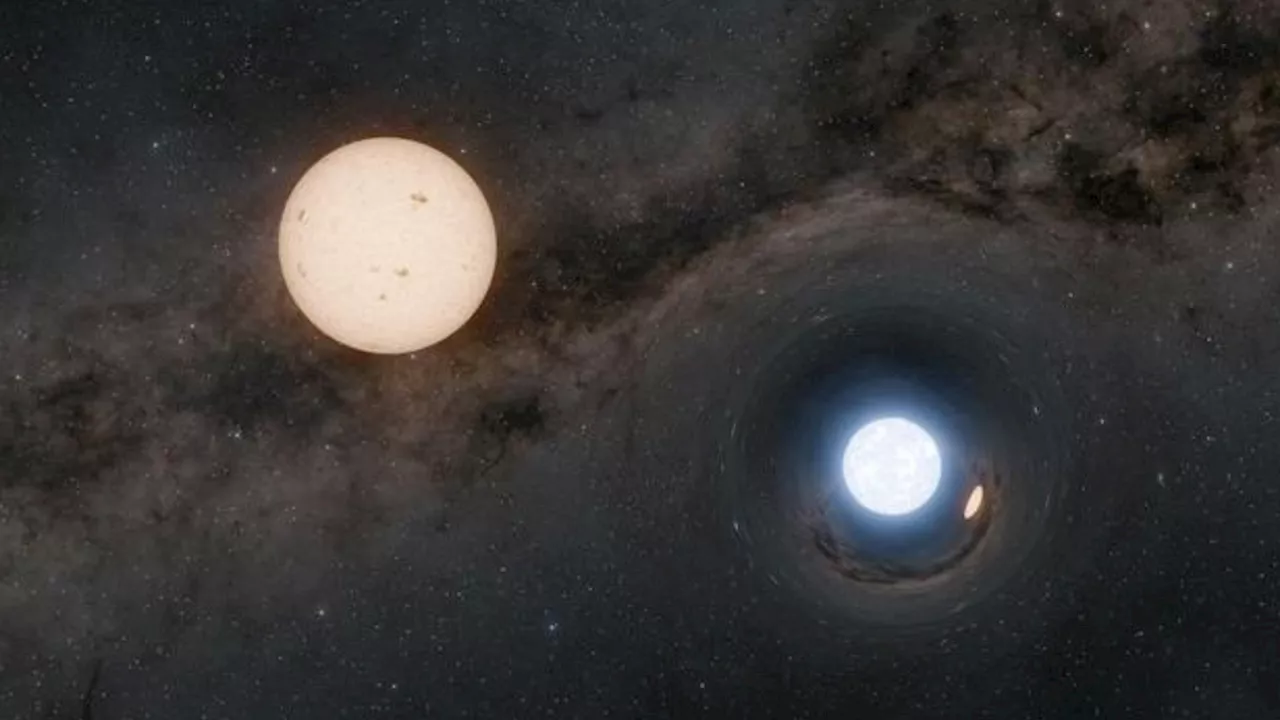Robert Lea is a science journalist in the U.K. whose articles have been published in Physics World, New Scientist, Astronomy Magazine, All About Space, Newsweek and ZME Science. He also writes about science communication for Elsevier and the European Journal of Physics. Rob holds a bachelor of science degree in physics and astronomy from the U.K.
Astronomers have discovered 21"one in a million" binary systems in which sun-like stars orbit a hidden"dead star," an extreme dense and compact object called a neutron star. also exist in binaries, both with other dead stars and with massive stars.
"Binary evolution models predict that neutron star and normal star binaries should be born mainly in tight orbits, with thealmost touching," discovery team leader Kareem El-Badry, a researcher at the Harvard-Smithsonian Center for Astrophysics , told Space.com."These binaries are much wider than this, with separations around 300 to 1,000 times the size of the stars.
During this process, the massive star should have violently attacked its small stellar companion, likely even engulfing it, albeit temporarily. When the soon-to-be"The discovery of these new systems shows that at least some binaries survive these cataclysmic processes, even though models cannot yet fully explain how," El-Badry said. )
This influence is detected as a tiny wobble in the motion of the star caused by the tug of the neutron star companion. This marks the first time that neutron stars have been detected via their gravitational influence alone. Gaia was also assisted by the fact that these binaries are close to Earth, at distances of just 3,000 light-years or so. This might seem like a vast distance, but in comparison to the 100,000 light-year-width of the
United States Latest News, United States Headlines
Similar News:You can also read news stories similar to this one that we have collected from other news sources.
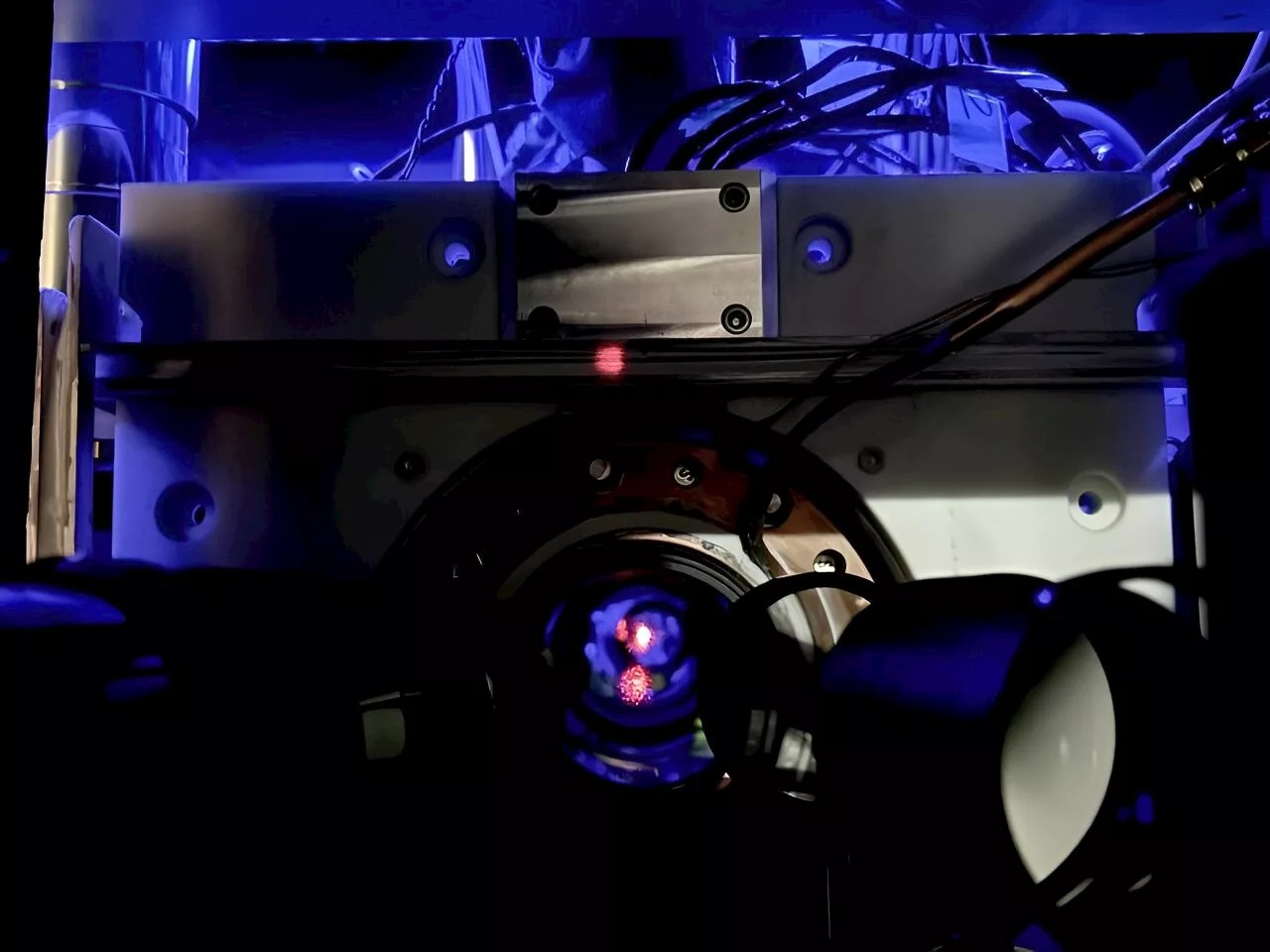 World's most accurate and precise atomic clock pushes new frontiers in physicsIn humankind's ever-ticking pursuit of perfection, scientists have developed an atomic clock that is more precise and accurate than any clock previously created. The new clock was built by researchers at JILA, a joint institution of the National Institute of Standards and Technology (NIST) and the University of Colorado Boulder.
World's most accurate and precise atomic clock pushes new frontiers in physicsIn humankind's ever-ticking pursuit of perfection, scientists have developed an atomic clock that is more precise and accurate than any clock previously created. The new clock was built by researchers at JILA, a joint institution of the National Institute of Standards and Technology (NIST) and the University of Colorado Boulder.
Read more »
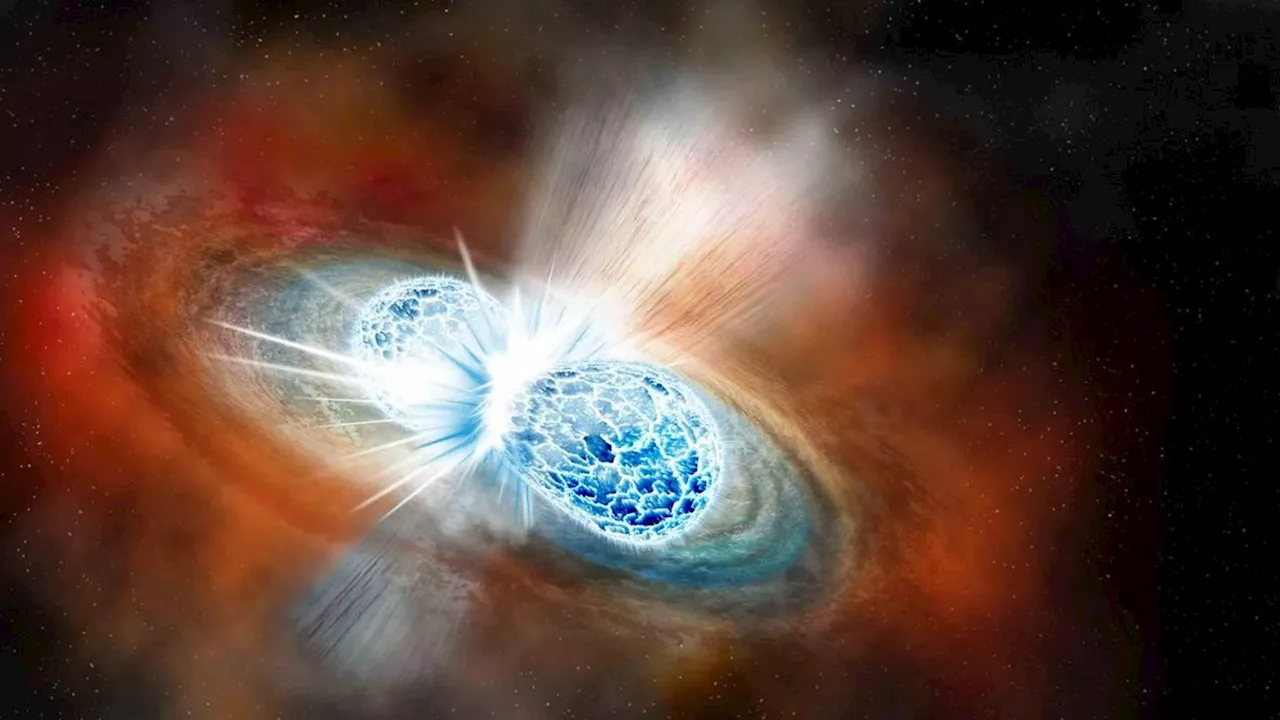 Neutron star collisions could briefly trap a bunch of cosmic ghostsRobert Lea is a science journalist in the U.K. whose articles have been published in Physics World, New Scientist, Astronomy Magazine, All About Space, Newsweek and ZME Science. He also writes about science communication for Elsevier and the European Journal of Physics. Rob holds a bachelor of science degree in physics and astronomy from the U.K.
Neutron star collisions could briefly trap a bunch of cosmic ghostsRobert Lea is a science journalist in the U.K. whose articles have been published in Physics World, New Scientist, Astronomy Magazine, All About Space, Newsweek and ZME Science. He also writes about science communication for Elsevier and the European Journal of Physics. Rob holds a bachelor of science degree in physics and astronomy from the U.K.
Read more »
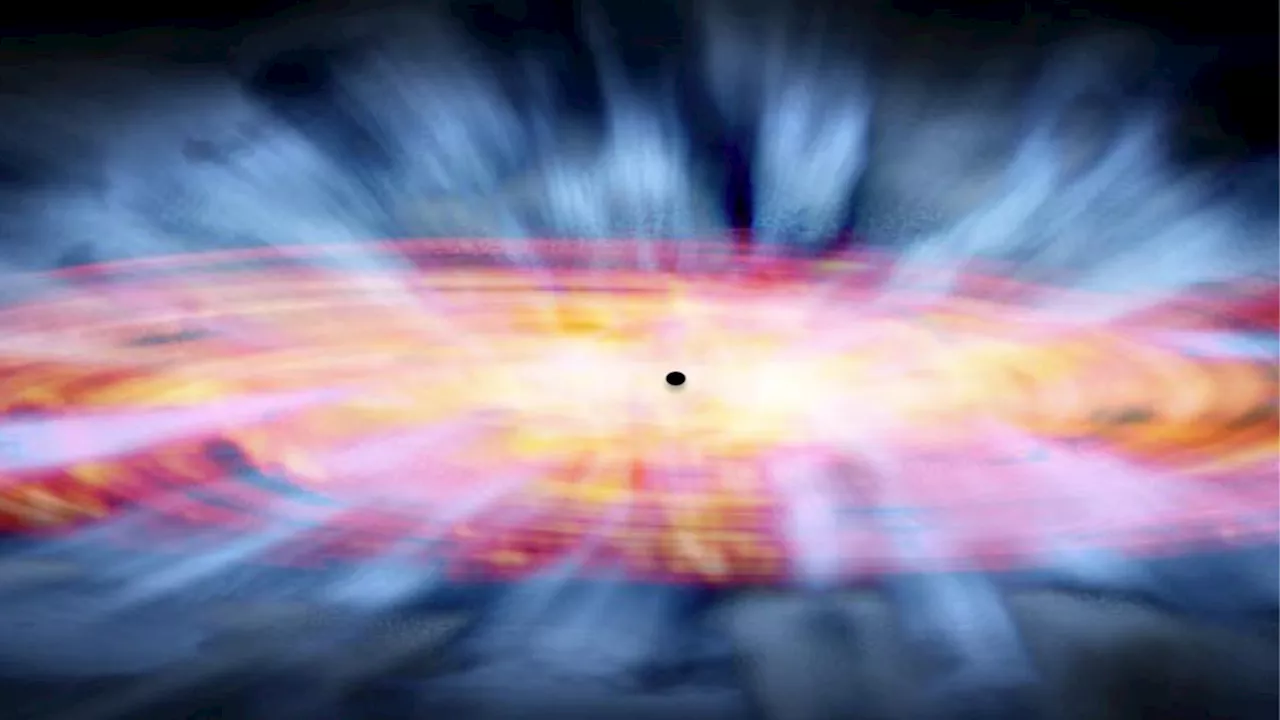 Supermassive black hole winds blowing at 36 million miles per hour can sculpt entire galaxiesRobert Lea is a science journalist in the U.K. whose articles have been published in Physics World, New Scientist, Astronomy Magazine, All About Space, Newsweek and ZME Science. He also writes about science communication for Elsevier and the European Journal of Physics. Rob holds a bachelor of science degree in physics and astronomy from the U.K.
Supermassive black hole winds blowing at 36 million miles per hour can sculpt entire galaxiesRobert Lea is a science journalist in the U.K. whose articles have been published in Physics World, New Scientist, Astronomy Magazine, All About Space, Newsweek and ZME Science. He also writes about science communication for Elsevier and the European Journal of Physics. Rob holds a bachelor of science degree in physics and astronomy from the U.K.
Read more »
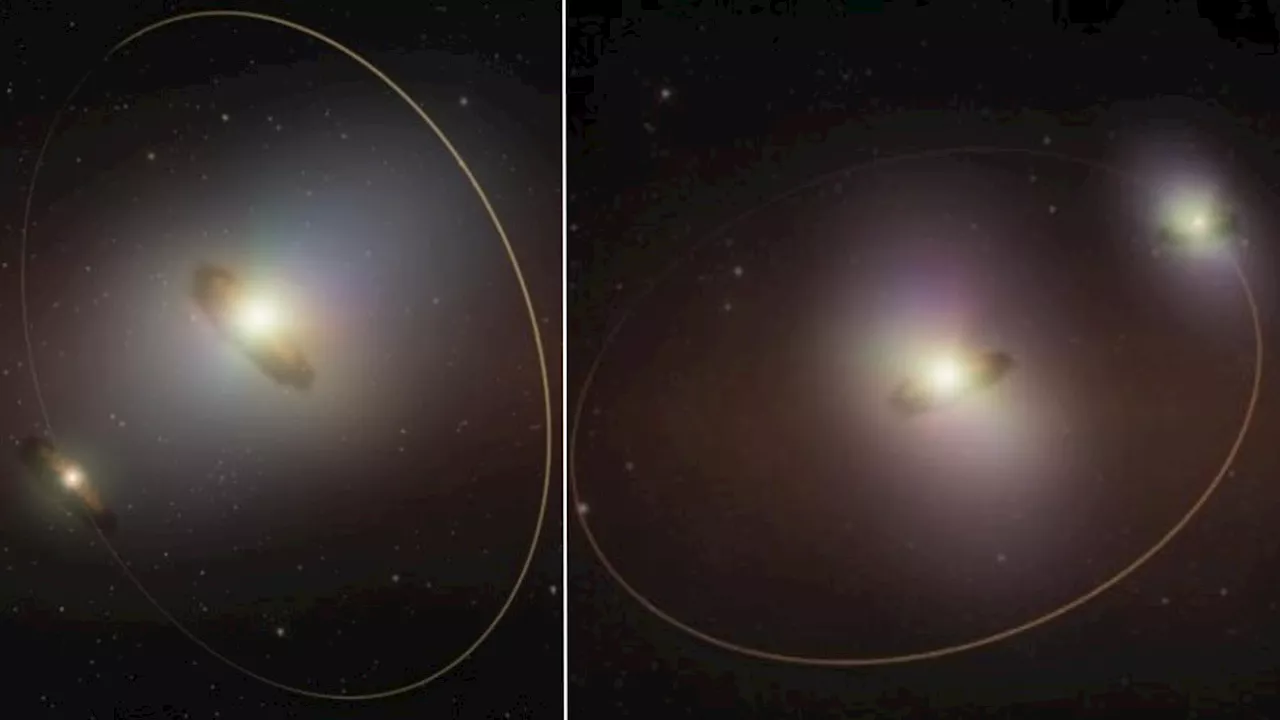 Massive radio telescope array investigates the birth of planets around twin starsRobert Lea is a science journalist in the U.K. whose articles have been published in Physics World, New Scientist, Astronomy Magazine, All About Space, Newsweek and ZME Science. He also writes about science communication for Elsevier and the European Journal of Physics. Rob holds a bachelor of science degree in physics and astronomy from the U.K.
Massive radio telescope array investigates the birth of planets around twin starsRobert Lea is a science journalist in the U.K. whose articles have been published in Physics World, New Scientist, Astronomy Magazine, All About Space, Newsweek and ZME Science. He also writes about science communication for Elsevier and the European Journal of Physics. Rob holds a bachelor of science degree in physics and astronomy from the U.K.
Read more »
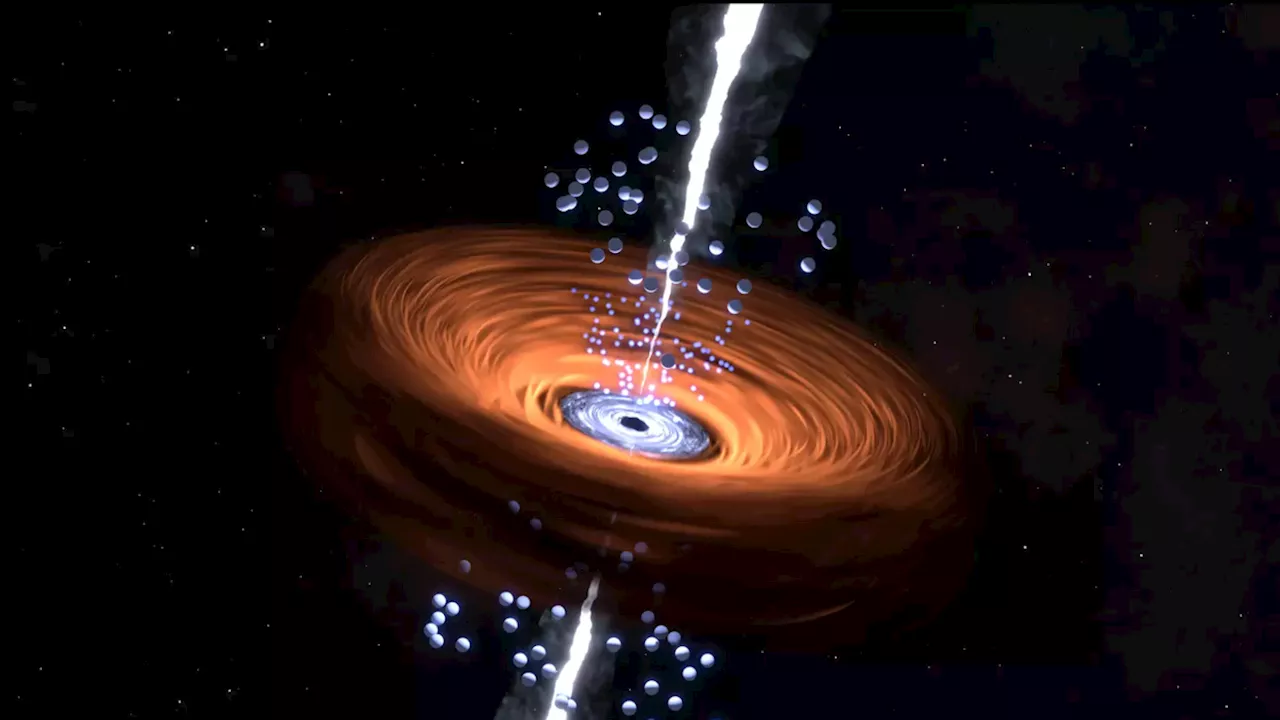 This impossibly massive black hole wasn't very hungry during the dawn of timeRobert Lea is a science journalist in the U.K. whose articles have been published in Physics World, New Scientist, Astronomy Magazine, All About Space, Newsweek and ZME Science. He also writes about science communication for Elsevier and the European Journal of Physics. Rob holds a bachelor of science degree in physics and astronomy from the U.K.
This impossibly massive black hole wasn't very hungry during the dawn of timeRobert Lea is a science journalist in the U.K. whose articles have been published in Physics World, New Scientist, Astronomy Magazine, All About Space, Newsweek and ZME Science. He also writes about science communication for Elsevier and the European Journal of Physics. Rob holds a bachelor of science degree in physics and astronomy from the U.K.
Read more »
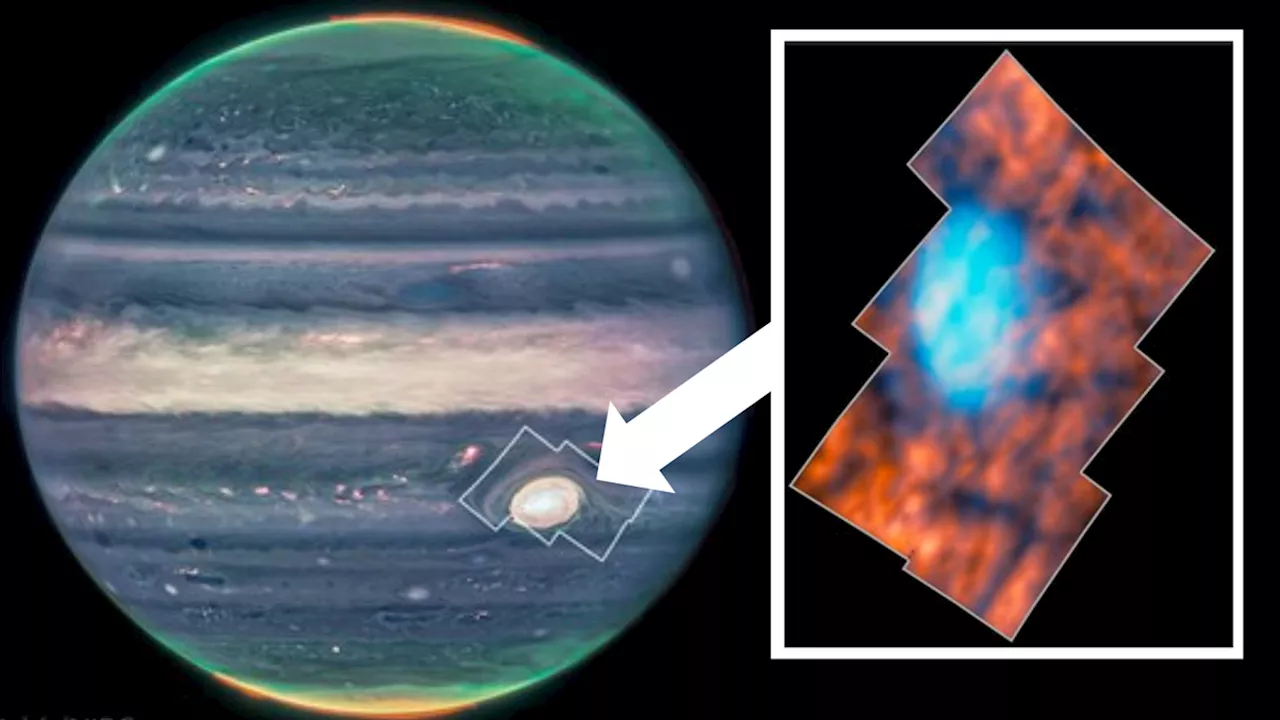 James Webb Space Telescope spies strange shapes above Jupiter's Great Red Spot (image)Robert Lea is a science journalist in the U.K. whose articles have been published in Physics World, New Scientist, Astronomy Magazine, All About Space, Newsweek and ZME Science. He also writes about science communication for Elsevier and the European Journal of Physics. Rob holds a bachelor of science degree in physics and astronomy from the U.K.
James Webb Space Telescope spies strange shapes above Jupiter's Great Red Spot (image)Robert Lea is a science journalist in the U.K. whose articles have been published in Physics World, New Scientist, Astronomy Magazine, All About Space, Newsweek and ZME Science. He also writes about science communication for Elsevier and the European Journal of Physics. Rob holds a bachelor of science degree in physics and astronomy from the U.K.
Read more »
